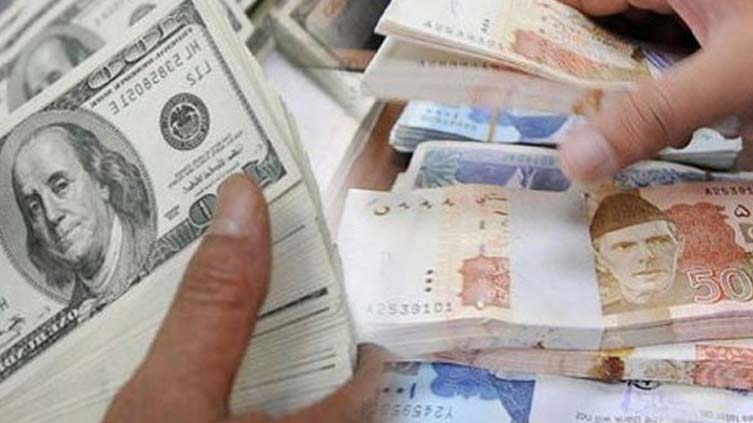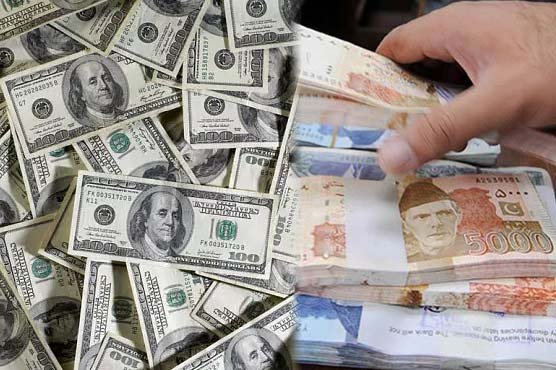ISLAMABAD: On Wednesday, the Pakistani rupee experienced a significant depreciation against the dollar, falling by Rs3.26 or 1.16% in the interbank market, closing at 280.29, as reported by the State Bank of Pakistan (SBP).
This decline marked the second consecutive day of depreciation from the previous rate of 277.03. The rupee’s 28-day winning streak came to an end the day before, due to a market correction, which experts considered inevitable given the currency’s recent 10% appreciation.

Dr. Khaqan Hassan Najeeb, a former adviser to the Ministry of Finance, explained that in Pakistan’s market-based exchange rate regime, the currency’s value fluctuates based on supply and demand. He attributed the rupee’s recent strength to administrative actions against illicit markets, decreased demand for dollars, exporters converting their receipts, and a slight increase in remittances.
However, factors such as foreign debt payments, the need for imports, and potential slower inflows in the interbank market contributed to the rupee’s depreciation by Rs3.26.
It’s worth noting that the JP Morgan Real Effective Exchange Rate index for Pakistan reached a one-year high at 103. To ensure economic stability, the economist recommended that Pakistan secure funding from donors and financial institutions, given the country’s substantial financing needs.
Sana Tawfik’s Insights on Rupee Dynamics and Future Expectations
Sana Tawfik, Deputy Head of Research at Arif Habib Limited, acknowledged that the rupee’s recent strength was due to government crackdowns and structural reforms in exchange companies, as well as increased selling of dollars by hoarders and exporters. However, the surge in import activity since yesterday, combined with Pakistan’s obligation to meet International Monetary Fund (IMF) conditions and not restrict imports, placed pressure on the currency. As imports continue to rise due to reduced restrictions and higher demand, the rupee’s value is expected to decrease.
Tawfik emphasized the need for a disciplined approach to the rupee’s movements, as opposed to the recent rapid depreciation that took it past 305 per dollar. She praised the authorities for controlling the spread between the formal and informal markets. Looking ahead, she anticipated that the rupee would remain within a specific range, driven by market forces, in line with the IMF’s recommendations. If inflows improve, there might be appreciation, but it won’t be sudden.
By December, Tawfik anticipated that the rupee could be trading in the range of 290-300 against the dollar.










